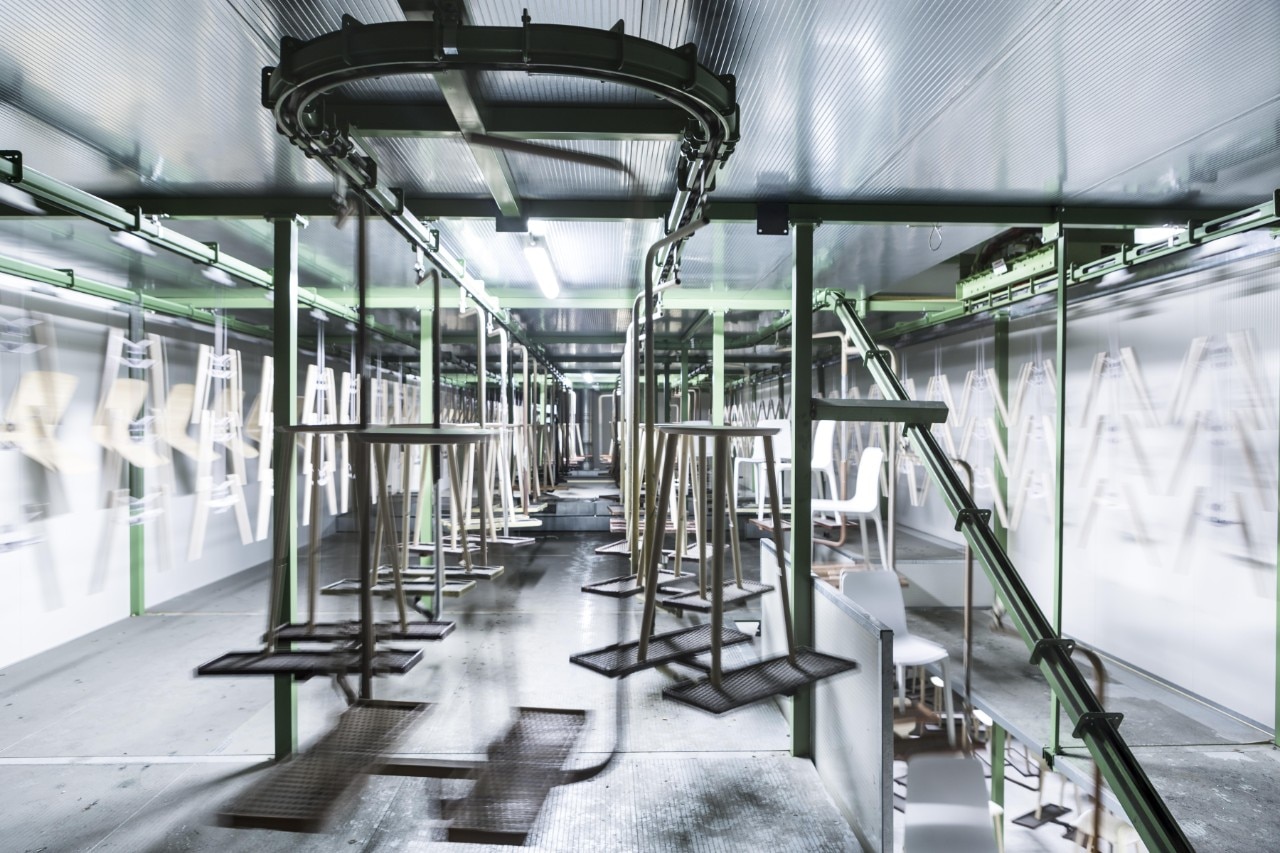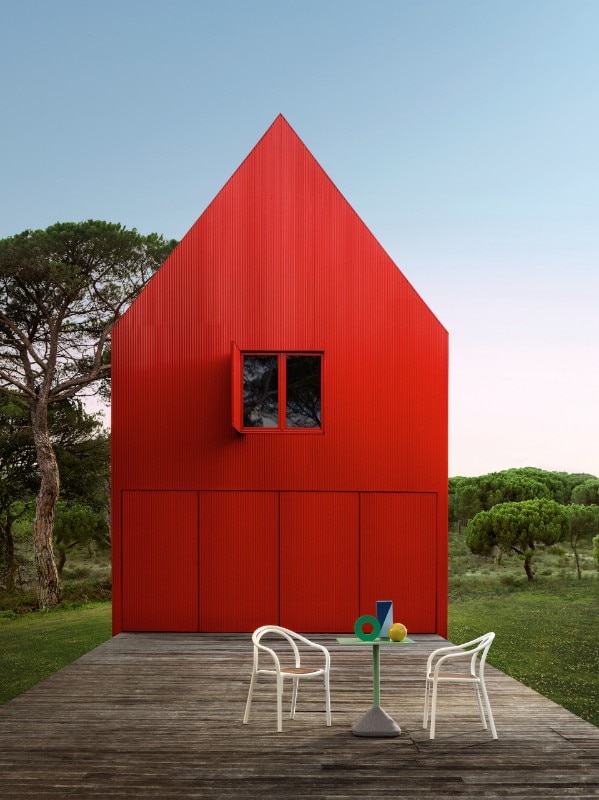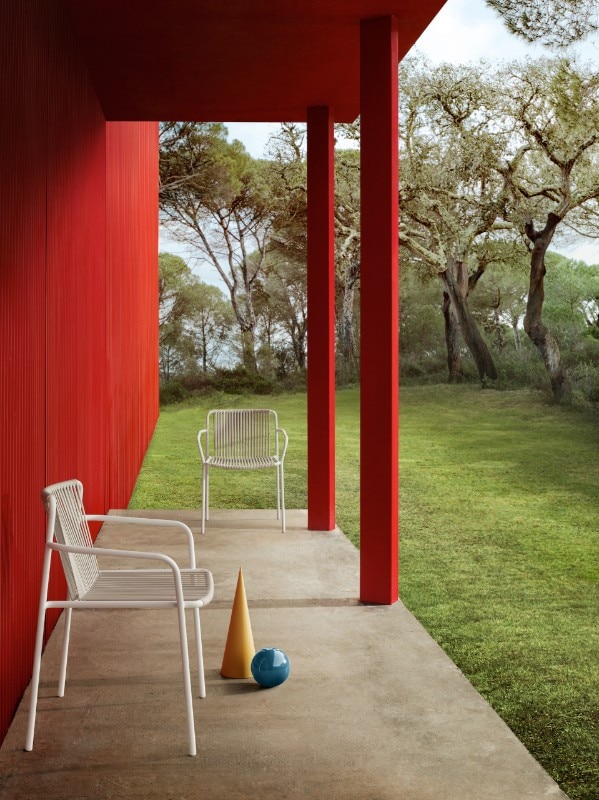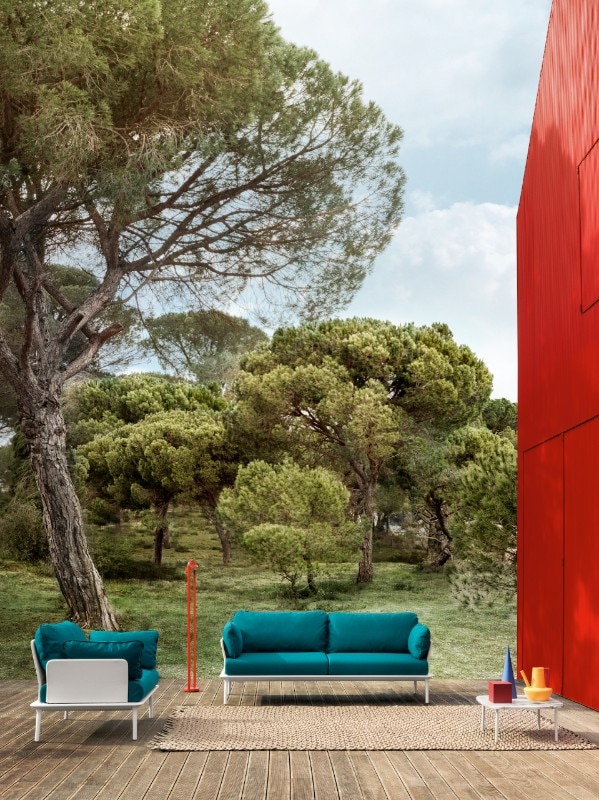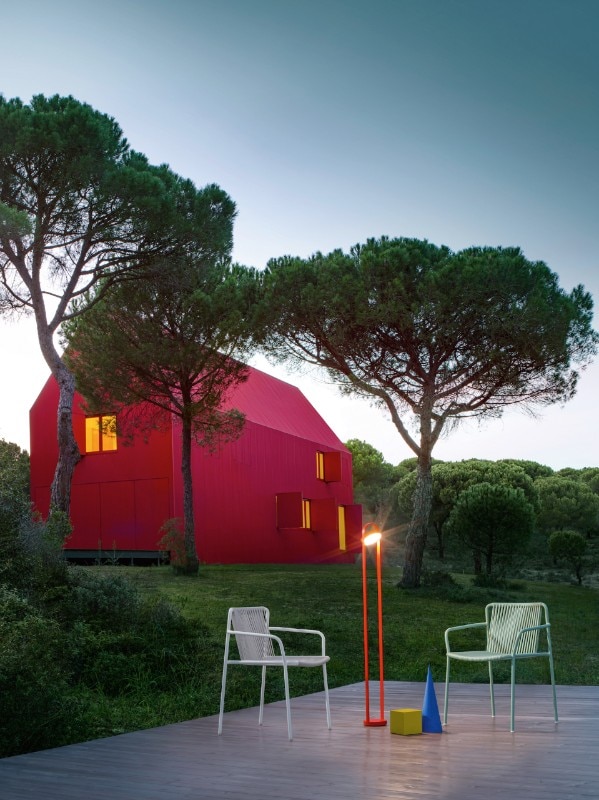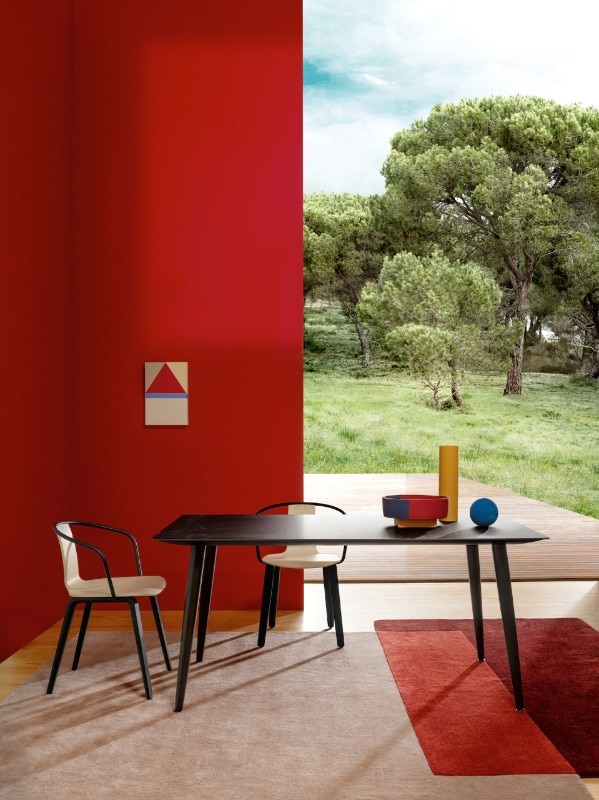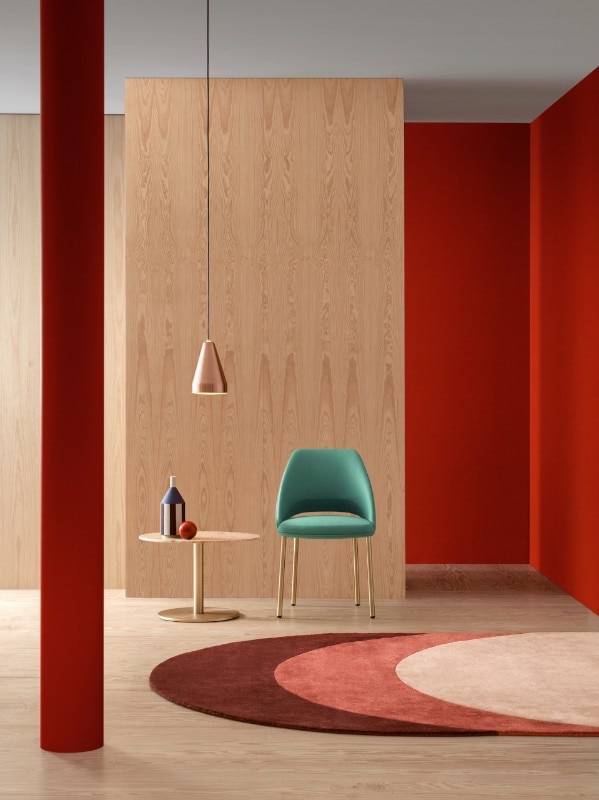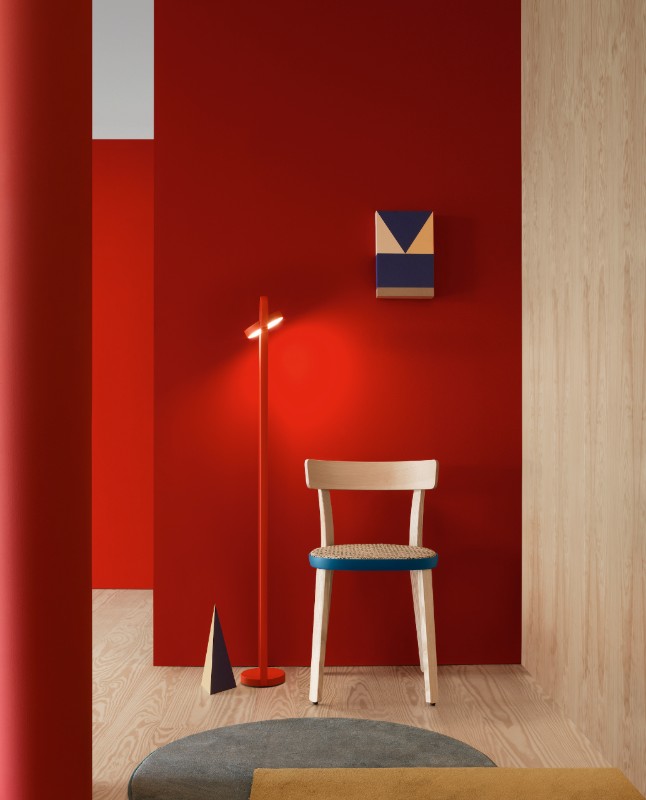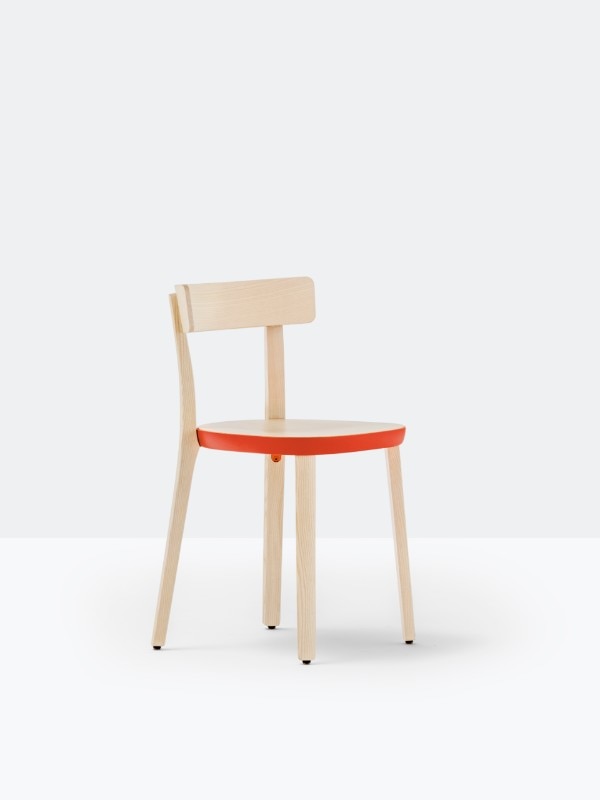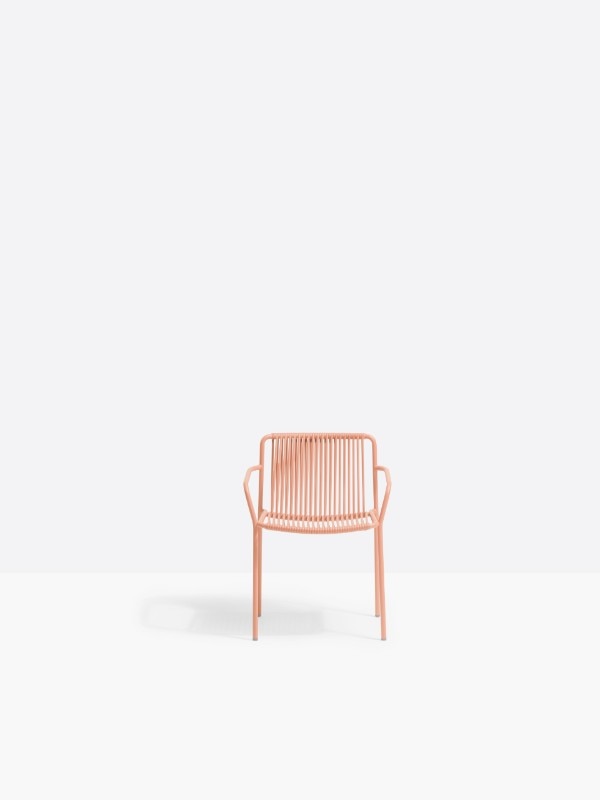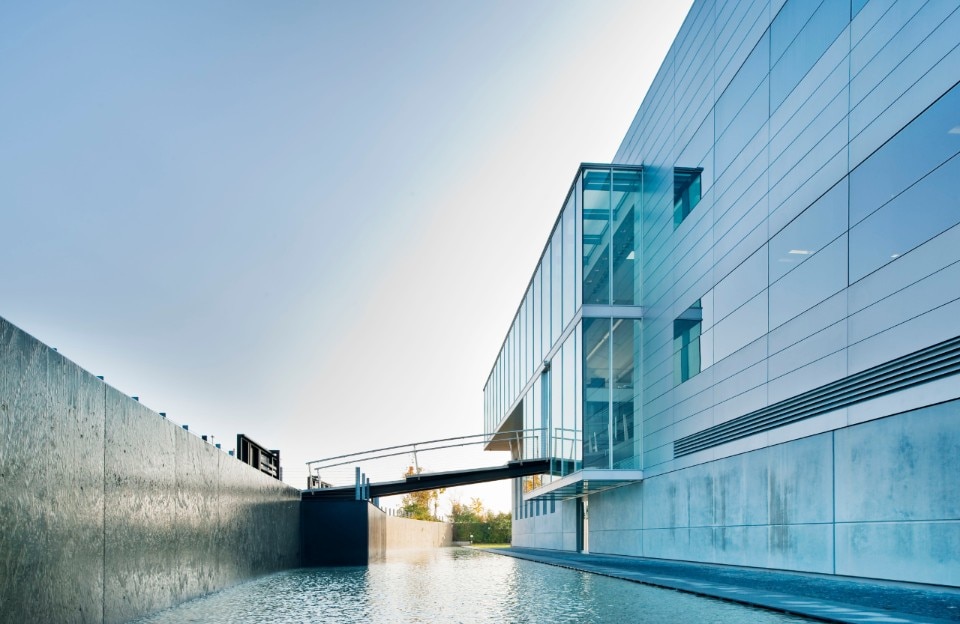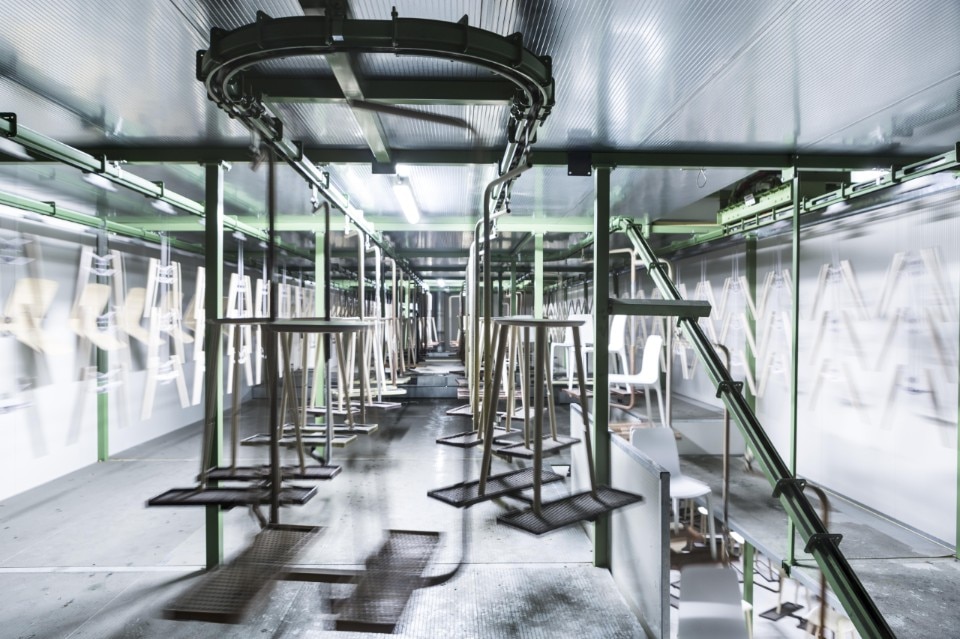This article was originally published on Domus 1046, May 2020.
In Mario Pedrali’s museum collection there is also the cembalo scrivano, the wooden prototype of the typewriter, inspired by the musical instrument and patented in 1855, even before the Remington. The alternation of these elements is a constant in industrial history and distinguishes this company, but in an inverted sense. The black-smith’s shop in Palazzolo sull’Oglio borrows two store windows to display his iron furniture. The year is 1963, and the meeting between the explosive artisan and the architect Luigi Vietti gives rise to a brand that in the following decade sold most of its products abroad. One of the top chair brands had to have a wooden model, and so Frida was born (Compasso d’oro, 2011).
Even if Pedrali collects typewriters and Sterzi vintage motorcycles, innovation attracts more than preservation. Focus is on the multi-substance of metals, plastic resins and wood to create lightness. The wood comes from certified forests and the paints are water and vegetal based. Selling furniture for offices and restaurants grows, from a perspective that is less and less sectorial, while lounge and coffee bar areas enter the company.
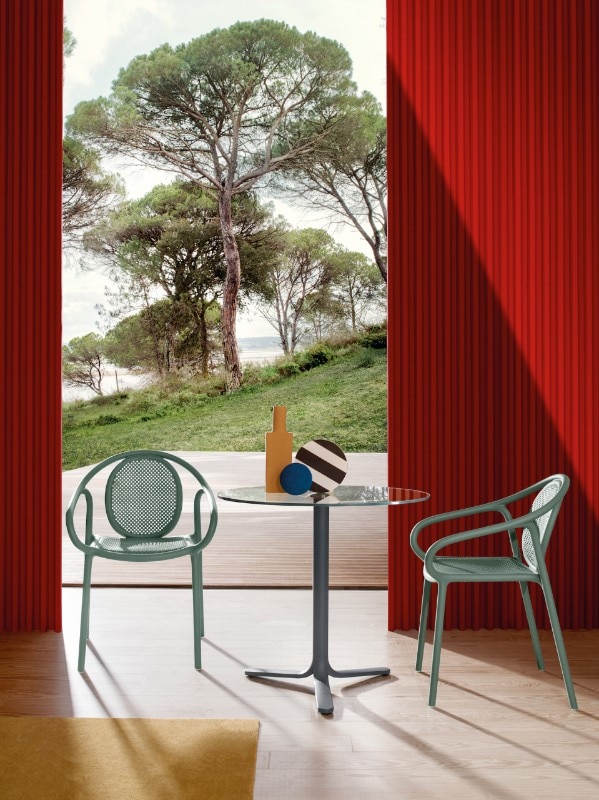
Places of work similar to homes and domestic spaces similar to work areas. Google headquarters in California and Microsoft in Milan have chairs, tables and other Pedrali furnishings. Libraries, schools and universities are also clients, from Italy to Egypt and Japan.
Education becomes more social with the furniture of In galera restaurant, located in the Bollate prison, and 21 grammi, in Brescia, where the name refers not only to the weight of a soul (see Sean Penn’s film), but also to trisomy 21, since it engages Down Syndrome culinary students. Today the company is run by his children, Monica and Giuseppe, and has moved from Palazzolo sull’Oglio to Mornico al Serio. Nestled in the countryside, the new headquarters extends for half a kilometre between factories and of- fices with a skytrain that crosses the five manufacturing plants and the automatised warehouse designed by CZA Architetti, camouflaged by pan- els that create a “grassy” effect that change with the light.


